Madeira is a paradise of amazing landscapes, dense woods, verdant volcanic mountains, exuberant flower gardens, the taste of passionfruit, and the deep blue sea of the Atlantic Ocean.
It’s the perfect destination for people searching for a sky that’s just a little bit bluer, and a sun that shines just a little bit more brightly. It’s an island of smiles and warmth, and excellent hospitality that inspires calmness and security on all of its four island groups – Madeira, Porto Santo, Desertas, and Selvagens. Of these, only the first two (and largest) are inhabited. The smaller of the four, meanwhile, are natural reserves that really deserve their names.
On any of the islands, you won’t be short of options. Approximately 1000km from Europe and 500km from the coast of Africa, this little chain of islands has a lot to offer a visitor, especially those in search of nature and the sea. Not surprisingly, the World Travel Awards chose Madeira as their Best Island Destination in 2015, 2016, 2017 and 2018.
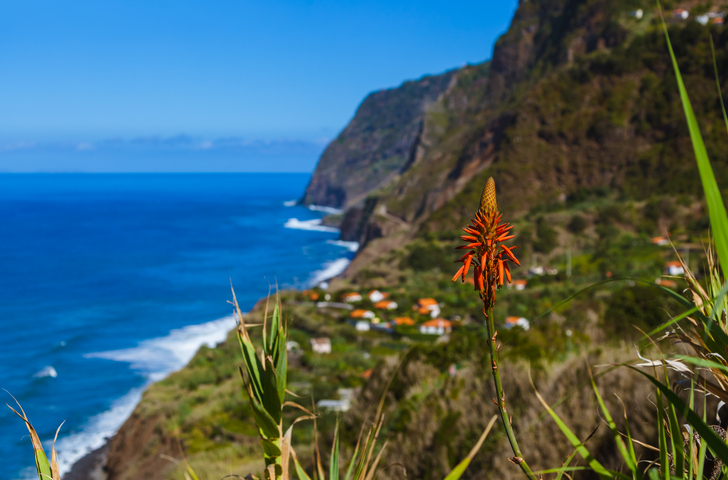
Nature in its purest state
The Madeira Natural Park was created in 1982 and is considered a biogenetic reserve. It houses unique flora and fauna and accounts for around 66% of the island’s territory. If you want to visit, you’ve got plenty of options. You can start in the National Park itself, taking in the natural parks of the Desertas and Salvagens and, finally, submerging yourself in the Garajau Marine Reserve, Sitio de la Rocha do Navio and the network of protected marine areas around Porto Santo.
Madeira is home to spectacular landscapes that awaken the senses and leave their mark on visitors, no matter what time of year you choose to visit. One of the island’s top attractions is the exuberant natural vegetation, characteristic of Macaronesia, which combines tropical and Mediterranean features and surprises with the palette of colours and range of scents it provides. Madeira’s native woodland, the Laurisilva, was recognised by the UN as being a World Heritage Site in 1999 and is a high point of any trip.
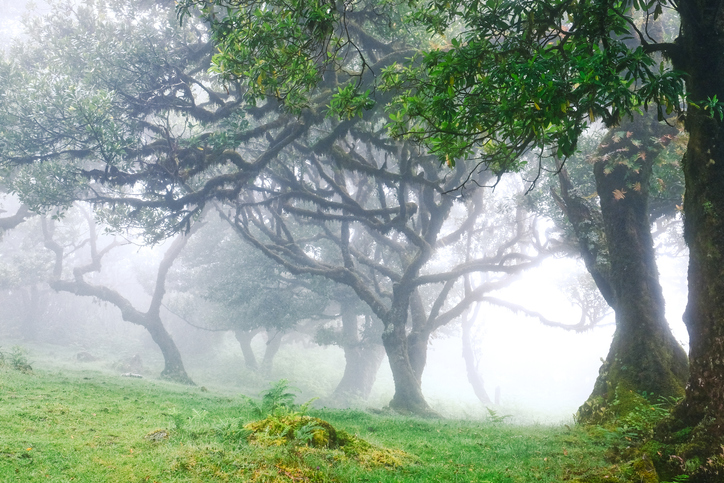
Get ready to discover landscapes full of colour and movement that will both amaze and surprise you, waking all of your senses in the process. The Laurisilva woodland is characterised by large trees but, even so, thanks to the geographical location of the island, Madeira also enjoys a moderate Atlantic climate and topography that gives rise to a great variety of flowers and plants.
Madeira is a veritable paradise for canyoning, with numerous routes flanked by impressive green landscapes. It makes for an exceptional experience, no matter what time of the year you choose to visit. BTT lovers will also find perfect terrain around the archipelago, with lots of paths ready for exploring at high speed, as well as peaceful nature for moments of rest and relaxation. If you don’t have quite as much energy or time for exploring the island’s more inaccessible spots by BTT, you can always take an alternative on four wheels – a jeep safari.
If you’re set on reaching the most amazing, surprising places that Madeira has to offer, there’s nothing better than exploring on foot, roaming the paths beside the levadas (irrigation canals). There are various routes all over the island. In total, there are more than 2000km to discover, ranging from a height of 0 to 1861m, with the more mountainous parts in the central and northern ranges of the island, and more accessible routes to the south.
Madeira’s mountainous massif offers great places for hang gliding and paragliding. If you’re even more adventurous, the island’s cliffs are perfect for climbing. If your adventure levels are lower, meanwhile, there’s also golf on offer – the archipelago offers three excellent courses: in Madeira (Palheiro Golf and Santo da Serra Golf Club) and on Porto Santo island, the Porto Santo Golf Course.
The Hawaii of the Atlantic
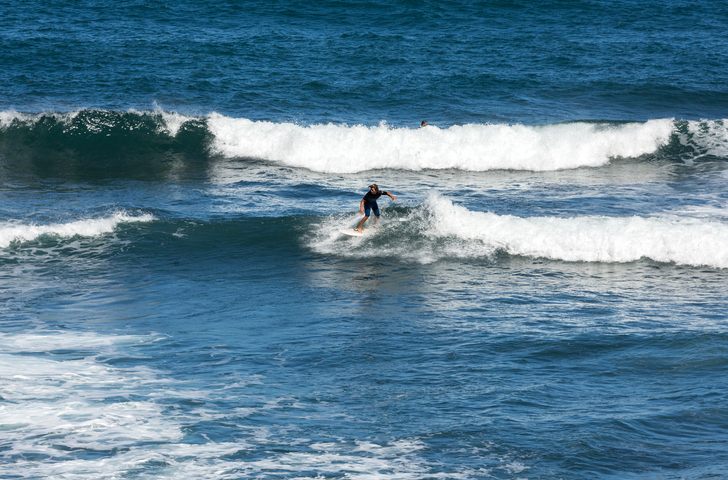
If you’re more a fan of the sea, Madeira offers ample opportunity to revel in nature and get a first-hand experience of the beauty, calm, and force of the Atlantic Ocean. If you’re a surfer in search of some big waves, Madeira is rapidly becoming a first-class destination, up there among the best in the world. Beaches like Machico, Porto da Cruz, Fajã da Areia in Sao Vicente, Ribeira de Janela, Paúl do Mar and Jardim do Mar all help it develop its reputation as the Hawaii of the Atlantic. If you’re up for something a little calmer, you can try SUP or stand up paddle, which is practised standing up on a board with the help of a paddle. The most sedate waves are found to the south of the island, with good access, smaller swell, and a constant inland wind that makes it perfect for windsurfing.
With a seabed that’s over 3000m deep, the Madeira coast is home to an incredible richness of sea fauna that’s just ready for you to discover. To do so, you’ll get plenty of surprises out of a simple boat ride, since it’s quite likely you’ll cross paths with a whale or a group of friendly dolphins. Excellent visibility and sunken boats that have coralised and become an irresistible home for innumerable friendly animals make this underwater world a must-see for any diver. From beaches like Garajau, Reis Magos, and Caniçal you can dive right from the beach. If you opt for one of the more impressive places, like the Garajau Natural Park, you’re likely to see barracuda, eels, mackerel, salmon, giant anemones, and rays swimming right up close to you as you dive.
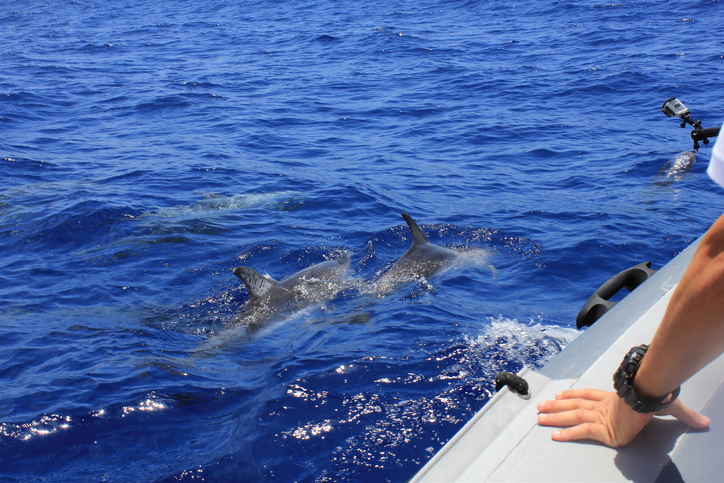
In Porto Santo, there’s good visibility for almost 40 metres. The best diving spots are the artificial reefs, created by sunken boats about 30m below sealine. For many years, the Madeira archipelago was part of the sea trade route between Europe, Africa, and America. Some of the boats sank close to the islands, and now form artificial reefs that are just waiting to be explored. Other boats were sunk on purpose to this end, such as the Madeirense in 2000 and the General Pereira D’Eça corvette, sunk in 2016, both in Porto Santo. Recently, they’ve been joined by the corvette Afonso Cerqueira, sunk in 2018 in the Cape Girão Natural Marine Park.
Spending an evening relaxing on any of the island’s beaches is a great idea – the water is clean and cool and perfect for taking a walk or a dip and contemplating the beauty that surrounds you. Although many of the beaches have purpose-built access points to make it easier to get into the water, others are still untouched. These beaches will introduce you to the famous calhau, the basalt pebbled walkways you find around the island’s beaches and which give their name to many coastal areas.
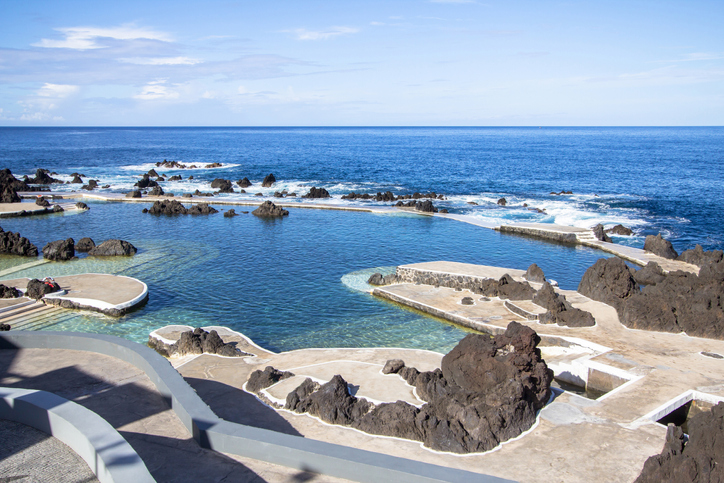
Madeira’s extraordinary natural gifts have given rise to another one of its marvels – the natural saltwater pools of Porto Moniz and Seixal, made of volcanic rocks that have been naturally overrun by the sea. They’re found on Madeira’s northern coast and offer superb views of the Atlantic and all down the coast. From here, you can observe the island’s vibrant green landscapes from the depths of the blue water, making a visit to the pools something really special.






